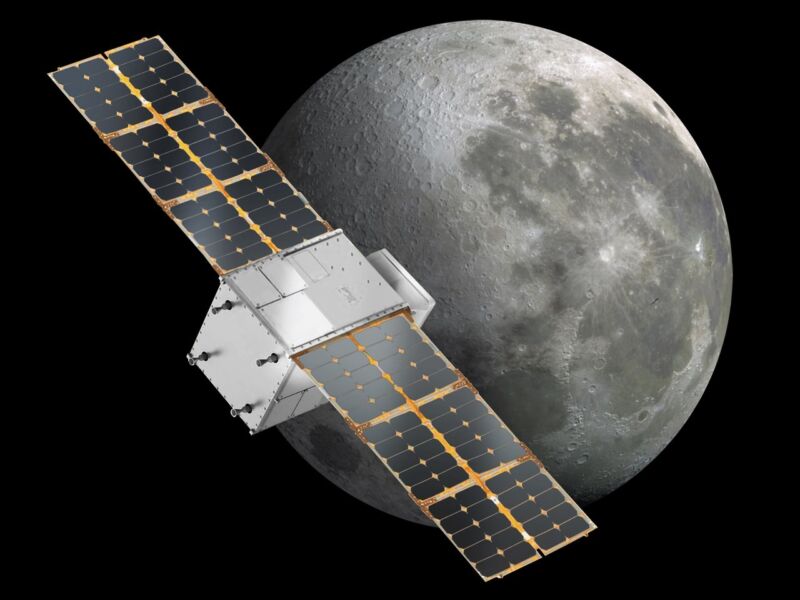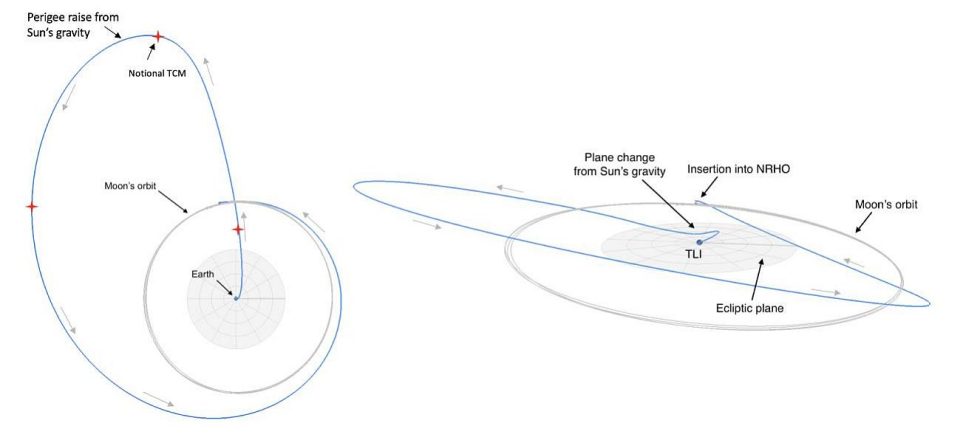In an interview, a senior engineer in NASA's Space Technology Mission Directorate, Chris Baker, said the space agency is interested in this kind of technology as it makes plans to help manage growing traffic near the Moon, including its own Artemis missions and commercial spacecraft delivering NASA science payloads to the Moon's surface
"One of the things that makes this mission particularly attractive to us is the capabilities it is demonstrating, and the US small businesses and commercial capabilities that it's leveraging," Baker said. "It's demonstrating access to the Moon for a small spacecraft on a small rocket. It's really pushing the envelope as a commercially owned spacecraft operating at the Moon and helping to blaze a trail that others can follow."
Finding its way —
For the first time, a small rocket will launch a private spacecraft to the Moon
"It's really pushing the envelope as a commercially owned spacecraft operating at the Moon."

NASA and Rocket Lab are gearing up to fly a novel mission to lunar orbit that in many ways serves as the vanguard of what is to come as the space agency and US companies ramp up exploration and development of the Moon.
The space agency is financially supporting the privately built satellite, named CAPSTONE, with a $13.7 million grant. It is scheduled to launch on an Electron rocket as early as Saturday from New Zealand. Developed by a Colorado-based company named Advanced Space, with help from Terran Orbital, the spacecraft itself is modestly sized, just a 12U cubesat with a mass of around 25 kg. It could fit comfortably inside a mini-refrigerator.
The mission's scientific aims are also modest—primarily, the demonstration of a new system of autonomous navigation around and near the Moon. This Cislunar Autonomous Positioning System, or CAPS, is important because there is a lack of fixed tracking assets near the Moon, especially as the cislunar environment becomes more crowded during the coming decade. . .
Notably, this will be the first interplanetary mission launched by a small, liquid-fueled rocket, the Electron vehicle. The launch company, Rocket Lab, has built an interplanetary third stage called Lunar Photon that will separate from the rocket about 20 minutes after liftoff. Six days later, after raising CAPSTONE's orbit to 60,000 km, the Photon stage will make a final burn and boost CAPSTONE into deep space.
Then the spacecraft will spend nearly four months traveling to the Moon, following what's known as a ballistic lunar transfer that uses the Sun's gravity to follow an expansive trajectory. While this path will bring the spacecraft to a distance of more than three times that between the Earth and Moon, it will require the small vehicle to burn relatively little propellant to reach its destination.


No comments:
Post a Comment